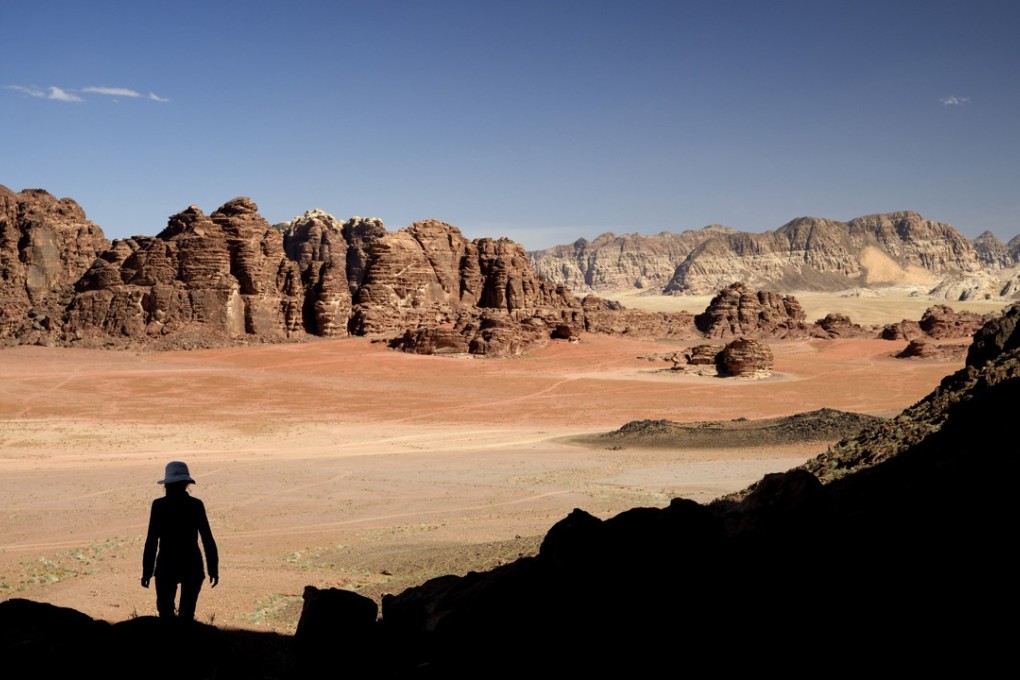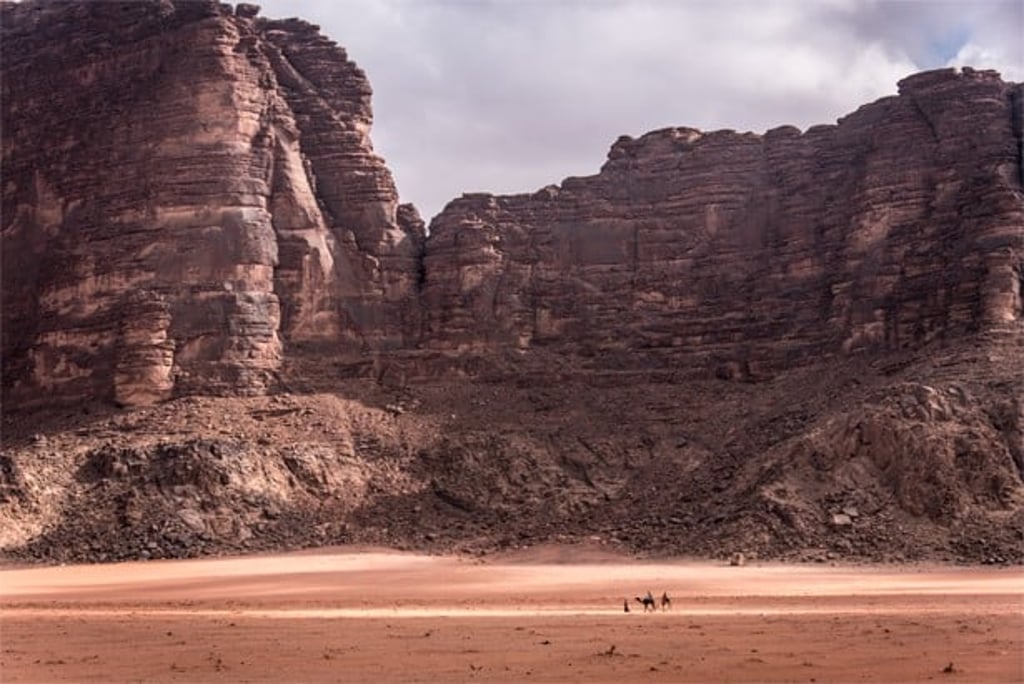Desert hiking in Jordan: explore Bedouin trails, climb Wadi Rum and have some unforgettable nights under the stars
No wonder Lawrence of Arabia was enraptured by Wadi Rum. Its spectacular landscape of towering sandstone cliffs, sublime rock formations and silent, sandy dunes will appeal to anyone who enjoys breathtaking scenery

I find myself wondering how many tones of red there are as I sit on a rock watching the steep cliffs of Wadi Rum, a sandstone valley in the desert of southern Jordan, change colours as the sun sets. Starting with a brownish earthy tone, the cliffs slowly change to a glowing red followed by deep ruby, before darkness falls in the valley.
Vast, echoing, God-like – these are the words that T.E. Lawrence, the adventurer and writer better known as Lawrence of Arabia, used to describe this place. Lawrence passed through Wadi Rum on many occasions during the Arab Revolt of 1916-18 and later detailed his wartime adventures in the book Seven Pillars of Wisdom.
It feels more like Mars to me, with the colours and the steep cliffs towering over silent, sandy dunes. I am not surprised to learn that the 2015 Ridley Scott film The Martian was filmed here.
My wife and I have travelled here to explore some of the old Bedouin hiking trails. As the last rays of sun pass, we hear the evening sounds of Rum Village in the distance, a tiny settlement perched between the steep rocks.
Ancient cultures have inhabited this area for centuries, most famously the Nabataeans – an Arabic tribe that built a trade empire on the Arab peninsula before it fell to the Romans.

The best known relic from those times are the ruins of Petra, a mysterious city carved into the sandstone of a deep canyon. But traces of Nabataean influence can also be found in the deep rock gorges all around, in rock paintings where centuries of travellers have left their mark.